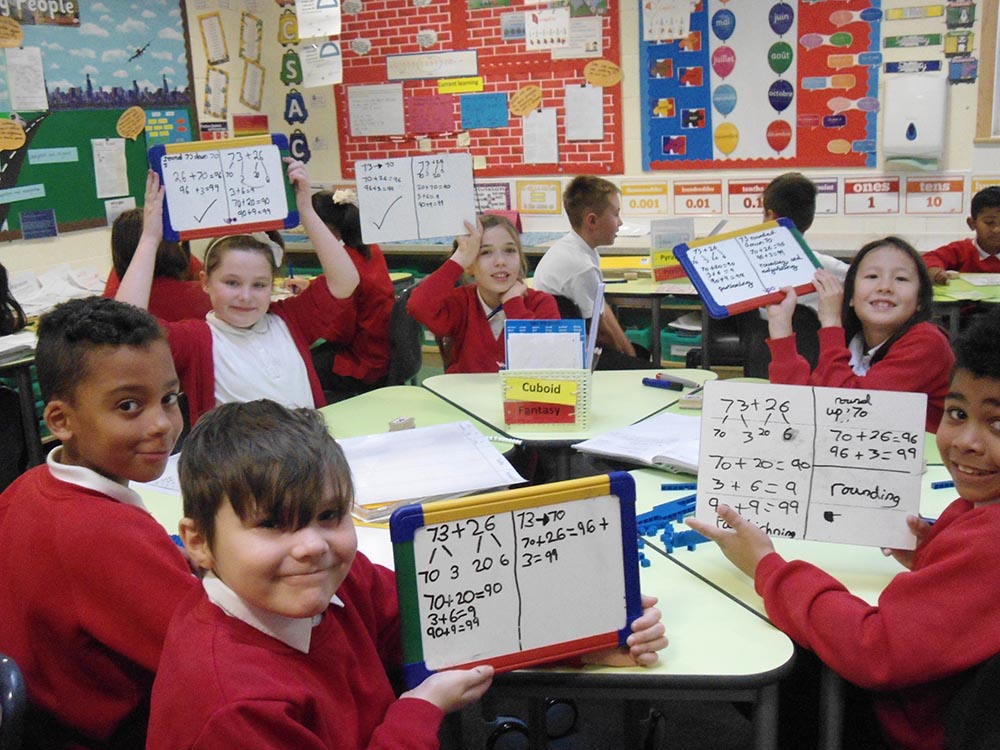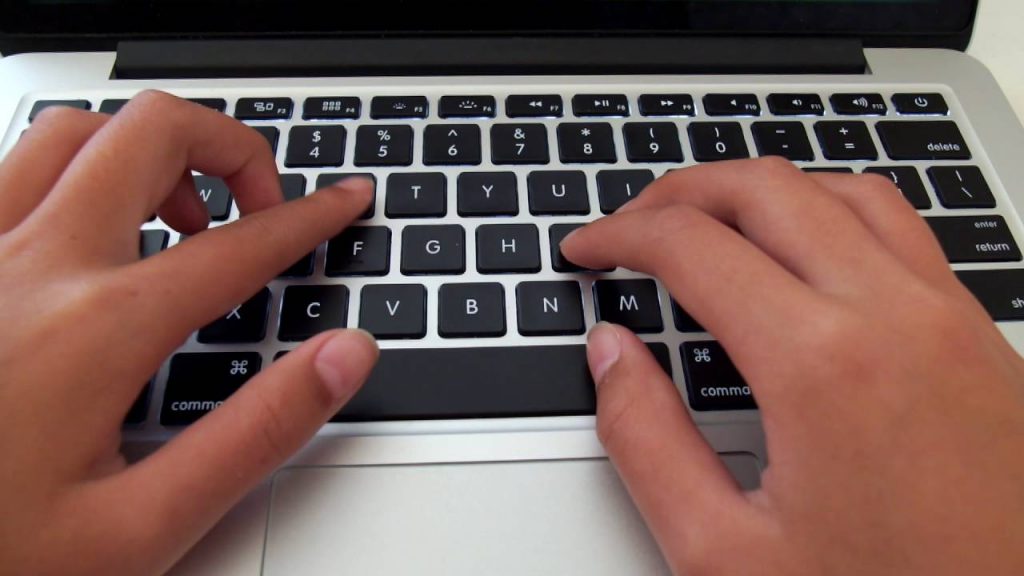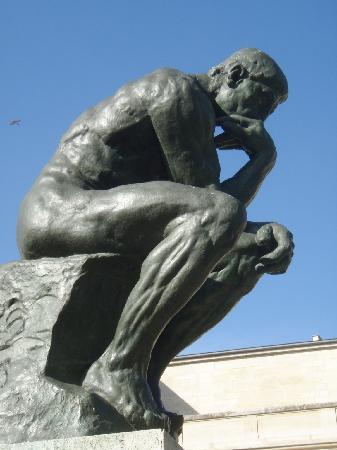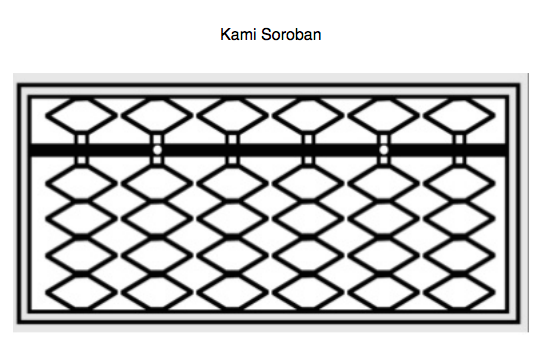Tips and Thoughts on How to Develop Your Mental Math and Mental Calculation Skills?

To develop strong mental calculation skills, i.e. mental math, we first need to learn the required bead movements on the abacus. The entire concept of mental calculation is based on the knowledge of the soroban bead movements needed to solve the problem. But knowing how to move the beads to solve a problem is not enough for fast and accurate mental calculation. Mental calculation relies on strong visual images formed in the right side of the brain. Consistent practice with the physical soroban produces strong visual images due to the repeated sensory touch input provided to the brain by the fingers moving the physical beads. As the student builds speed and accuracy on the physical soroban they will focus more and more on the required mechanical bead movements. Over time, students develop finger muscle memory so they no longer need to think about the details of each movement. Learning the small set of possible abacus bead movements, students quickly produce strong mental images of these same movements that enable them to perform the calculations in their head without the physical abacus.

This approach is similar to how we learn keyboarding skills on a computer. At first we are learning the individual letters and keys which require us to logically think about each finger movement on the key board. However after a period of consistent practice the student begins to “see” words and is no longer just thinking about letters on the keyboard. The student has built up enough muscle memory so they think the word “abacus” and their fingers know exactly what keys to press to type the word without thinking about the individual letters. The same is true with the abacus and mental math. Once we develop the muscle memory for each type of bead movement on the abacus, we no longer need to think about the movements and only see what numbers need to be added or subtracted.

Effective, efficient mental calculation focuses on the mechanical movements of the beads and not on the logical understanding of why those particular beads need to be involved. To develop speed in mental math, the idea of mechanization and visualization are probably the most important concepts. The mechanical bead movements are much less work load on the mind allowing visual processing. The moment we begin to think about why we are doing it the entire process will significantly slow down. All of us have had some experience with the idea of “letting go” or “detachment” from something you are doing. You hear athletes talk about “the game slowing down” when they are performing at their highest level and feel as if they can react much faster anticipating their opponent. The mechanization of the bead movements is exactly the same idea. By reducing the amount of mental work load on the brain, students can perform mental calculations with ease. Without mechanization and visualization, mental calculation is usually a challenging experience for most students and can be frustrating limiting what students can achieve.
When you are working through a problem, do not think about the interim sums. Thinking about interim sums will slow you down and distract your attention and focus. Simply notice the interim sums as the single image maintained throughout the process. Only at the end of the calculation do we think about the sum and answer.
Consistency is also a key to speed and accuracy in mental calculation. Always use the same bead mechanics for each required bead movement. The bead mechanics will dictate what beads must be moved, in what order to move the beads, and what finger movements will be involved to execute the movement. All three of these aspects of bead mechanics must be considered and practiced exactly the same way each time. Adopt bead mechanics that optimize finger movement efficiency. In other words your bead mechanics should involve the shortest possible movement of your fingers.
Once you have learned all the possible bead mechanics, a total of 6 concepts in the RightLobeMath.com Skill Training program, here is a great exercise that will incorporate all of the possible bead movements in one exercise. First simply place the number 123456789 on the soroban. Next add the same number 123456789 to it and repeat this process 8 times. So in affect you add the number 123456789 nine times. After adding nine times correctly you should have the sum 1,111,111,101. Next, starting with this sum do the same process but this time subtracting the number 123456789 until you return to the starting point. Doing this simple exercise will force you to practice all possible bead movements on the abacus. Time yourself and build as much speed as possible without making mistakes. Remember, speed comes from accuracy.

Lastly I would like to talk about using your fingers as an aide in mental calculation. The idea is simple, we move our fingers as if we were actually using a physical abacus to help form a stronger visual image. Whether you move your fingers in the air or place them on a desktop, the goal is the same to enhance your ability to form a strong visual image. Some Japanese schools also practice the idea of using a Kami Soroban or paper soroban which is nothing more than an abacus printed on a piece of paper. Students use the Kami Soroban as an additional visual aide pretending to move the beads on the paper. Students placing their fingers on the Kami Soroban get the added benefit of a strong touch sensory feedback to the brain by the fingers coming into physical contact with the paper on a desktop. They can “feel” their fingers move on the desktop which provides a strong input to help the brain visualize.
The idea of moving your fingers is only a visualization aide. The objective should be over time to limit the physical movement of the fingers with the goal of not needing to move the fingers at all to form the mental images. If you rely on finger movements to form images the physical speed at which you can move your fingers will always be the limiting factor on how fast you can go. Research clearly shows the right side of the brain can process images with amazing speed. If you involve the physical movement of fingers, it will only slow the image processing. Imagine moving your fingers fast enough to add 15, 3 digit, numbers in 1.7 seconds a flash anzan record set by Mr. Ogasawara in 2012!
As a last thought and to keep a little perspective on things, how you train should be aligned with your learning goals. If you want to go as fast as possible then optimize everything about your bead mechanics and mental image formation. If you are looking for more moderate results, feel free to experiment with what is most comfortable and works best for you. Most of all, enjoy the learning process of developing a mental calculation skill you will use all of your life!